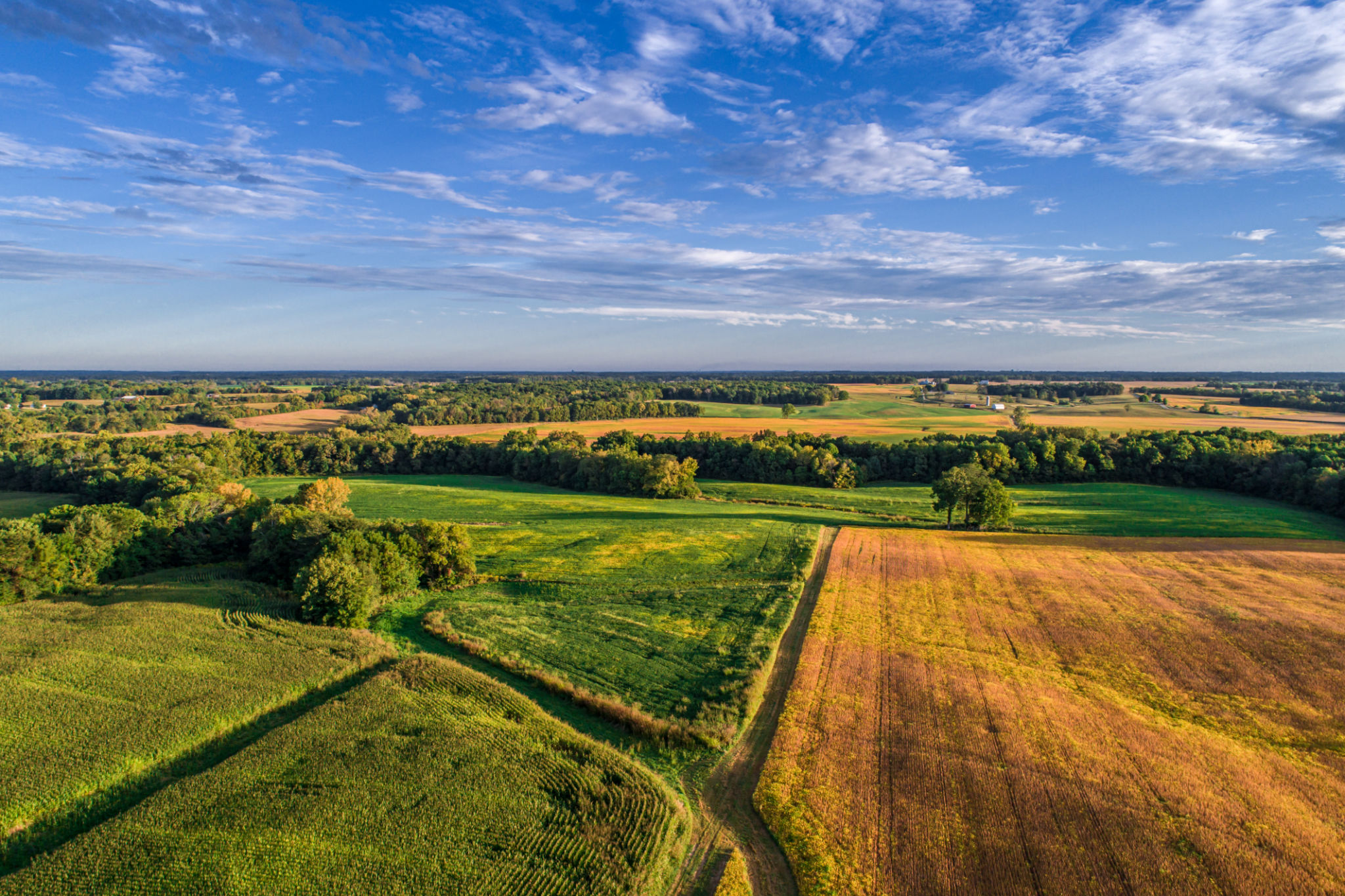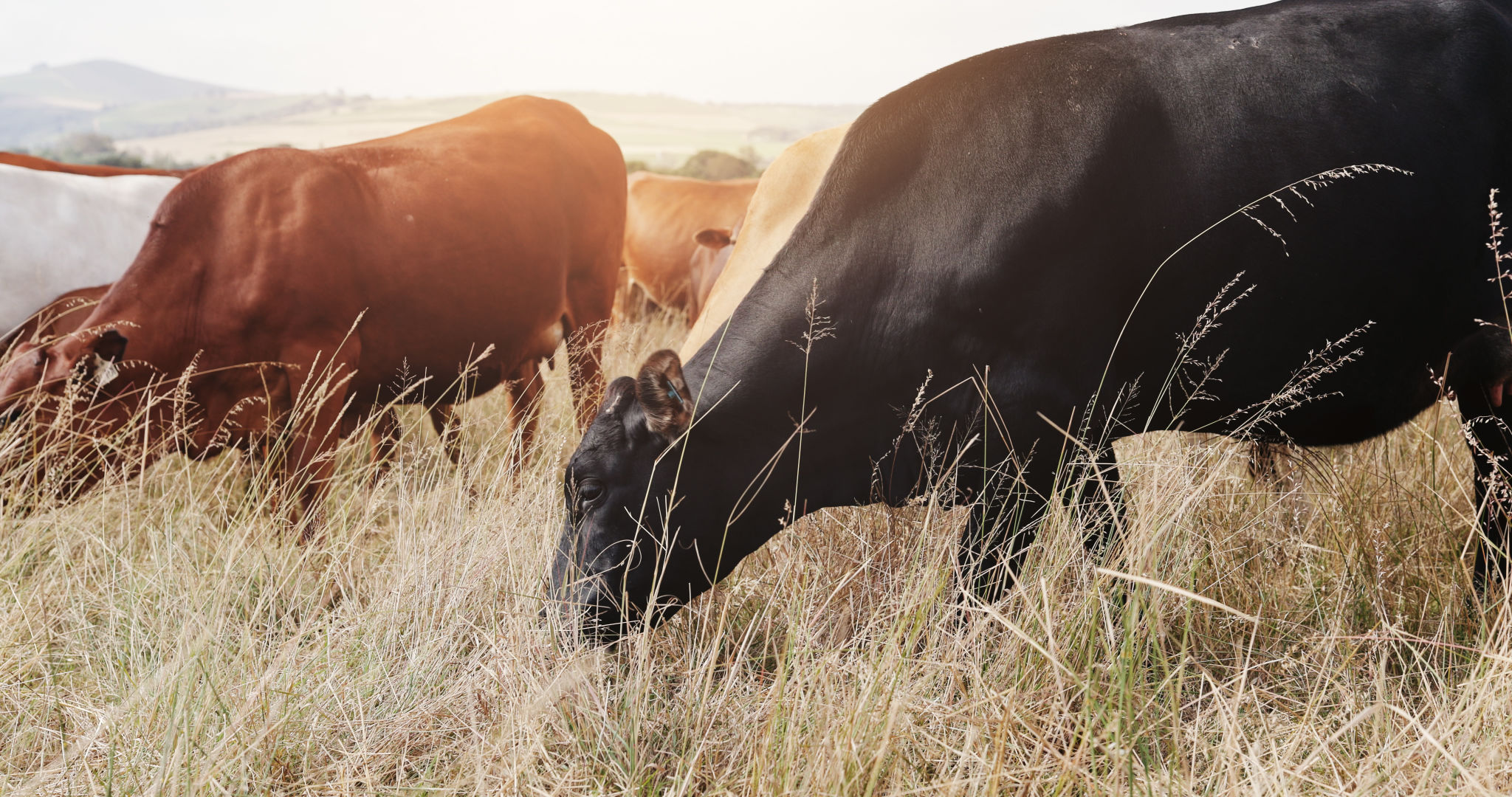Exploring the Grass-Fed Beef Movement: Trends and Insights
The Rise of Grass-Fed Beef
The grass-fed beef movement has gained significant traction over the past decade, with more consumers seeking alternatives to conventional beef products. This shift is driven by increasing awareness of health benefits, environmental concerns, and ethical considerations. Grass-fed beef is often touted as a healthier and more sustainable choice, leading to its growing popularity in supermarkets and restaurants alike.

The trend is not just a fleeting fad but a reflection of changing consumer attitudes towards food production and quality. As awareness around sustainable agriculture continues to rise, grass-fed beef has become a symbol of ethical eating. But what exactly sets grass-fed beef apart from its grain-fed counterparts?
Health Benefits of Grass-Fed Beef
One of the primary reasons consumers are drawn to grass-fed beef is its superior nutritional profile. Compared to grain-fed beef, grass-fed beef is generally lower in total fat and contains higher levels of beneficial nutrients. Omega-3 fatty acids, known for their heart health benefits, are found in higher concentrations in grass-fed beef.
Additionally, grass-fed beef is a rich source of conjugated linoleic acid (CLA), a type of fat that has been linked to reduced cancer risk and improved metabolic health. These nutritional advantages make it an attractive option for health-conscious consumers looking to make more informed dietary choices.
Environmental Impact
The environmental benefits of grass-fed beef are another compelling reason for its increasing popularity. Raising cattle on pasture can lead to improved soil health, increased biodiversity, and reduced greenhouse gas emissions compared to conventional feedlot systems.

Grass-fed systems often employ rotational grazing practices that mimic natural herd movements, allowing pastures time to recover and promoting the growth of diverse plant species. This approach not only supports healthier ecosystems but also contributes to carbon sequestration, helping mitigate climate change.
Challenges and Considerations
Despite its benefits, the grass-fed beef industry faces several challenges. The cost of production is typically higher due to longer raising periods and more extensive land requirements. This can result in a higher price point for consumers, making it less accessible for some households.
Moreover, the term "grass-fed" can be misleading without proper regulation and certification standards. Consumers must be diligent in researching brands and looking for certifications that ensure the beef is truly grass-fed throughout its life.

Market Trends and Future Outlook
The demand for grass-fed beef is expected to continue growing as more people become aware of its benefits. Innovations in farming practices and increased focus on sustainability are likely to drive the industry forward, making grass-fed options more widely available and affordable.
- Expansion of local and regional grass-fed beef markets
- Increased transparency in labeling and certification
- Greater collaboration between producers and retailers
As consumer preferences evolve, the grass-fed beef movement will play a crucial role in shaping the future of food production. Embracing these trends provides an opportunity for both producers and consumers to contribute positively to their health and the planet.
